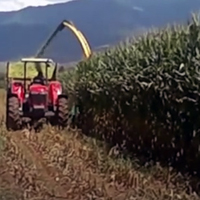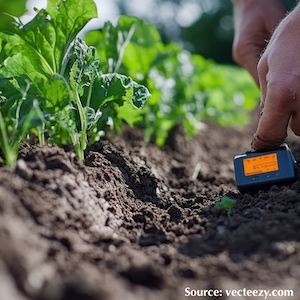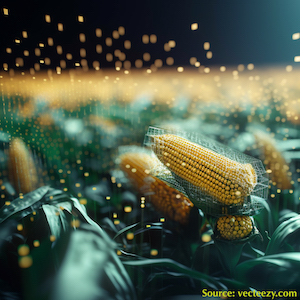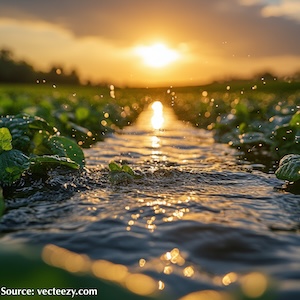Transportation of maize silage to biogas plants

All claims expressed in this article are solely those of the authors and do not necessarily represent those of their affiliated organizations, or those of the publisher, the editors and the reviewers. Any product that may be evaluated in this article or claim that may be made by its manufacturer is not guaranteed or endorsed by the publisher.
Accepted: 5 October 2019
Authors
Maize silage is one of the most used feedstock for the anaerobic digestion plants in Italy. As biomass, it is necessary to choose maize hybrids and sowing times to reach the maturity stage at the planned harvest period. In addition, the contractor has to set up transport chains considering distances and other factors affecting the forward speed in function of the supplied biogas plants. This work examined different road conditions (length, weather and congestion) that might influence the maize silage transportation under both the energy and economic points of view. Tests were carried out with an agricultural tractor equipped with two trailers (a turntable steering and a dumper) along six itineraries (6.2, 15.3, 22.1, 32.5, 44.4, and 58.2 km) in two different traffic conditions: high congestion (early morning) and low congestion (evening). Tests were also performed in two seasons with different weather conditions: late Summer and early Autumn. The average forward speed was 27.40 km h–1 with a 15% difference between the best (evening and late Summer) and the worst (early morning and early Autumn) condition, with a productivity that varied between 9.50 and 81.98 m3h–1 respectively. The performed tests confirmed that the energetic evaluation is always positive also in the longest itinerary (58.2 km), but the actual market value of maize silage (52.00 € t–1) limits the convenience of the transportation distance up to 18 km. In conclusion, the study showed that the maize silage transportation using agricultural tractors not only depends on the travelled distance, but also on the road congestion and the weather conditions.









